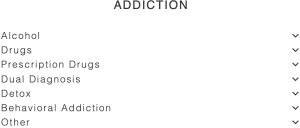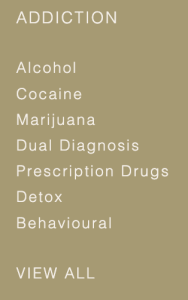
11 Minutes
CONTENTS
Binge eating disorder (BED) is one of the most common eating disorders in the United States. Affecting 3.5 percent of women, 2 percent of men, and approximately 1.6 percent of young adults, the disorder presents several challenges in daily life, making treatment essential. Nevertheless, surveys suggest that only 43.6 percent of people with this order receive treatment at some point in life.
Characterized by repeated episodes of heavy eating in the absence of compensatory behaviors, binge eating disorder has only been officially acknowledged by the DSM-5 recently in 2013. As such, its knowledge lags behind that of the more popular eating disorders, like anorexia and bulimia nervosa. This lack of awareness is also one of the reasons why individuals suffering from BED never seek professional help or truly understand how to treat this disorder.

FAQs
A UNIQUE METHOD TREATING BED
a successful and proven concept focusing on underlying causesBED TREATMENT LASTING APPROACH
0 Before
Send Admission Request
0 Before
Define Treatment Goals
1 week
Assessments & Detox
1-4 week
Psychological & Holistic Therapy
4 week
Family Therapy
5-8 week
Aftercare
12+ week
Refresher Visit
BED Insights
latest news & research on BEDHow To Stop Binge Eating
Binge eating disorder usually develops in adolescent years or early childhood, following a substantial diet. During a binge, you might eat even if you're not hungry and eat until you're completely satisfied. You could also binge so quickly that you don't notice what you're eating or tasting. There are no recurring efforts to "make up" for the binges through fasting, vomiting, or over-exercising, unlike bulimia.
read more










